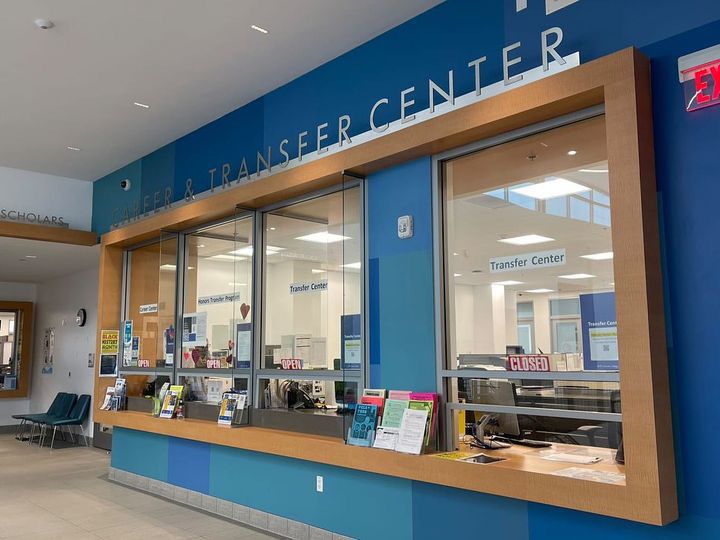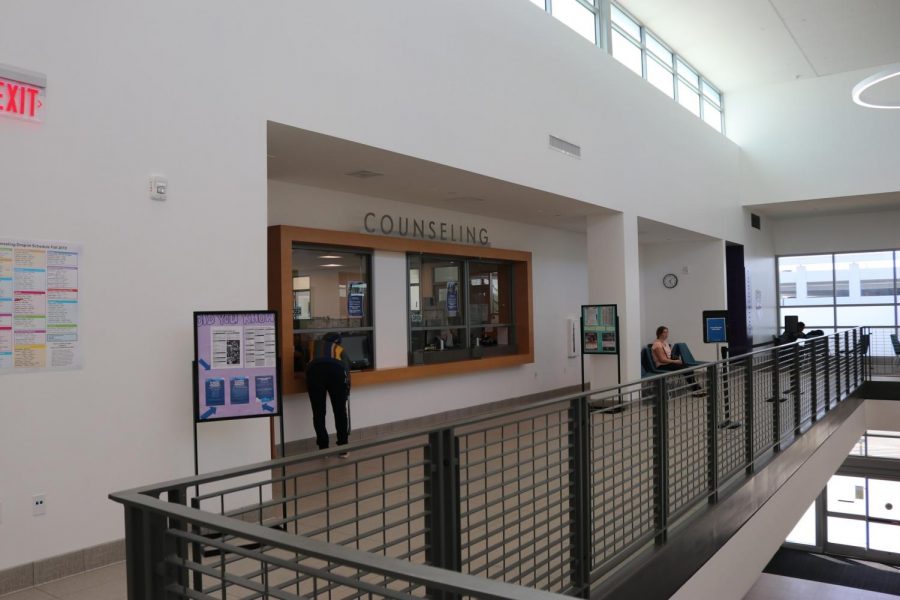Introduction
- Lack of information about the transfer process: Students may not fully understand the requirements or steps involved.
- Not working with an academic counselor: Failing to seek guidance from a counselor can result in missed deadlines or inappropriate course selections.
- Relying on advice from friends: Listening to well-meaning but uninformed peers can lead to misconceptions.
- Poor academic performance: Struggling in classes can jeopardize eligibility for transfer.
College or University? Public or Private ?
Are you planning to transfer to a college or university? Will it be a public or private institution? Before making your decision, it’s important to understand the differences between a college and a university. To help clarify, take a moment to review the definitions below.
- College: “An institution of higher learning that offers undergraduate programs, usually of a four-year duration, that lead to the bachelor’s degree in the arts or sciences (B.A. or B.S.).”
- University: “An educational institution that usually maintains one or more four-year undergraduate colleges (or schools) with programs leading to a bachelor’s degree, a graduate school of arts and sciences awarding master’s degrees and doctorates (Ph.D.’s), and graduate professional schools.”
Here are some other things to consider:
- Public: “Public colleges and universities receive funding from tuition and endowments, but the larger part of their funding comes from state or local taxes. Most public postsecondary schools are state-run, which lowers the tuition for in-state students” For example the University of California Los Angeles and California State University Long Beach.
- Private/Non-Profit: “Private, non-profit colleges and universities receive funding primarily from student tuition and endowments. These institutions function as non-profit organizations that usually follow the leadership of a board of trustees. Private colleges and universities may receive some governmental support in the form of tax breaks and student loans, but operating mostly on private support allows them to develop their own institutional plan.” For example the University of Southern California and Loyola Marymount University
- Private/For Profit: “For-profit colleges are run by companies that operate under the demands of investors and stockholders. These institutions are privately run and exist, at least in part, to earn money for their owners. Nevertheless, for-profit colleges can receive up to 90 percent of their revenue from federal student aid.” For example the University of Phoenix.
Explore your Transfer Institution Options
Transfer Steps
What are the exact steps to begin your transfer journey? First and foremost, consult with an academic counselor as early as possible to set yourself up for transfer success. Additionally, work towards completing the following steps:
- Be sure to submit your high school transcripts or college transcripts if you have attended other community colleges or four-year institutions to ECC’s admission office.
- Identify a major and career choice you wish to pursue both at ECC and at your four-year transfer target. Also identify possible transfer targets. Know the minimum eligibility and selection criteria for you transfer targets.
- Visit the Transfer Center and attend their workshops.
- Work with an academic counselor to develop a transfer plan. If you are STEM major (Science, Technology, Engineering, Math) it is critical that you work with a counselor as soon as possible!
- Visit Career Services to to receive career counseling.
- Become familiar with your General Education options and be familiar with articulation agreements for your major.
- Learn if you qualify for a Transfer Admission Guarantee from the University of California or a Associate Degree for Transfer from the California State University.
- Identify transfer application filing periods. Apply to be certified for General Education.

Transfer Requirements
Transfer admission requirements can vary significantly between campuses. Some institutions have very strict, clearly outlined criteria, while others are more flexible. This variability makes it essential to work closely with a counselor to ensure your transfer success.
Below are some key terms to familiarize yourself with. Most colleges and universities have three primary types of requirements that must be met for admission:
- Course Requirements: Specific courses that must be completed before transfer.
- GPA Requirements: A minimum grade point average needed to qualify.
- Unit Requirements: A set number of transferable units that must be completed.
Understanding these requirements early on is critical to planning a successful transfer.
Two other things to consider:
- Minimum Eligibility: “Minimum eligibility means that you have completed the minimum requirements to apply, in short you are eligible. Just because you are eligible to apply to a university does not mean you will be admitted.” For example, the UC Transfer-Basic Admissions website states that student must have at least a 2.4 GPA in UC-transferable courses (2.8 if you’re a nonresident) for admission.
- Selection Criteria: “Selection Criteria refers to the set of criteria a university or college is looking for in the students they select. For example, if a student has the minimum GPA for eligibility but the campus selection GPA is higher, the student would most likely not be admitted.” In contrast, the average GPA selection criteria for admission to UCLA’s College of Letters and Science as a pre-History major in Fall 2020 was 3.93.

Transfer Units
o transfer to a University of California (UC) or California State University (CSU) campus, you must complete a minimum of 60 transferable units. In contrast, California independent and private colleges or universities may require fewer units for transfer.
So, how do you earn these transferable units? Read below to find out.
- Pre-Major Units: Most majors at four-year colleges and universities require completion of lower division major specific courses as preparation for the upper division. The number of pre-major courses may vary.
- General Education Units: G.E. is a group of courses in varied areas of the arts and sciences, designate as one of the requirements for a degree. G.E. can satisfied by completing IGETC for the UC and CSU or the CSU G.E. applicable only to the CSU.
- Elective Units: Courses not required for the major or general education but are acceptable for credit. An elective course may be in the student’s major area of study or any department of a college.
Identifying Pre-Major Units
All articulation agreements for pre-major requirements (units) for the UC and CSU systems can be found on ASSIST.org. What is ASSIST.org? It is the official repository of articulation agreements for California’s public colleges and universities, providing the most accurate and up-to-date information about student transfer in the state.
Articulation agreements detail how courses completed at one college or university can satisfy requirements at another. On ASSIST, students can find courses that fulfill:
- University admission requirements,
- Major and general education requirements,
- University graduation requirements, and
- Transferable elective courses to meet the required unit total for transfer.
It’s important to note that ASSIST only contains information for California public colleges and universities; it does not include details about private, out-of-state, or international institutions. While ASSIST is an invaluable tool, it is not a substitute for working with a counselor. Instead, it is designed to help students and counselors collaborate to create an effective transfer plan to a California public university.
General Education
If you plan to transfer to a UC or CSU, there are two General Education (GE) options to consider based on your campus or system choice:
- Intersegmental General Education Transfer Curriculum (IGETC)
- CSU GE Breadth Pattern
General Education courses are graduation requirements, not admission requirements. However, at some schools, completing the GE pattern—or specific portions of it—may be used as a criterion to screen transfer applicants.
Most students follow the IGETC pathway because it is accepted by both the UC and CSU systems. However, selecting the best option for you depends on your individual academic and transfer goals, which is why it’s crucial to consult with a counselor. Students pursuing STEM majors should speak with a counselor immediately to ensure their focus aligns with major-specific requirements.
Below are the details of the two GE options.
- IGETC: “The Intersegmental General Education Transfer Curriculum (IGETC) is a series of courses that satisfy the lower division general education requirements at the University of California (UC), the California State University (CSU), some private and out-of-state institutions.” IGETC must be certified at your community college. Students must request this certification, which is sent to the transfer institution.
- CSU General Education-Breadth: “Completion of the CSU General Education-Breadth pattern will permit a student to transfer from a community college to a campus in the California State University system without being held, after transfer, to additional lower-division general education courses to satisfy campus G.E. requirements.” CSU G.E. must be certified at your community college. Students must request this certification which is sent to the transfer institution.

UC TAG
Six UC campuses offer the Transfer Admission Guarantee (TAG) program for California community college students who meet specific eligibility requirements. TAG provides students with several benefits, including:
- Early review of their academic records,
- Early admission notification.
- Specific guidance about their chosen major.
To participate in the TAG program, it’s essential to work closely with your counselor, who will guide you through the exploration and application process to ensure you meet the necessary criteria.
CSU ADT
The Associate Degree for Transfer (ADT) was created through a partnership between California Community Colleges and participating four-year institutions to simplify the transfer process. This program allows students to:
- Begin their education at a community college,
- Transfer to a participating four-year university with a guaranteed saved spot.
- Earn a bachelor’s degree.
Your counselor will guide you in exploring and identifying an Associate Degree for Transfer that aligns with your academic and career goals, ensuring a smooth transition to a four-year university.
Again, it cannot be stressed enough that you must work with a counselor as soon as possible to ensure your transfer success.